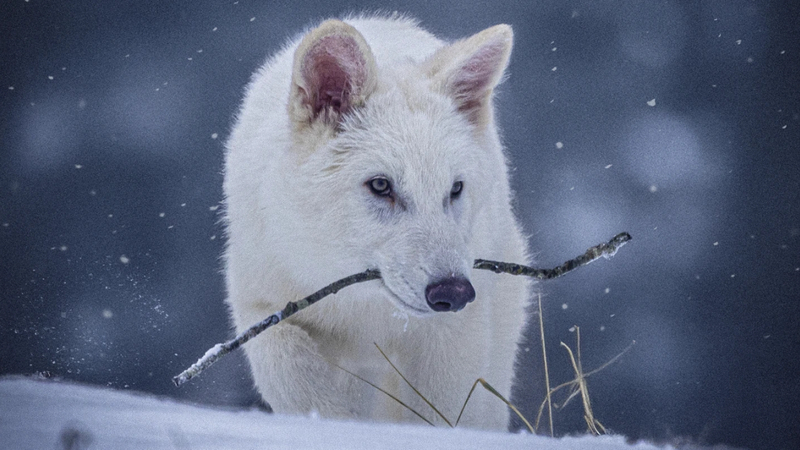Scientists at Colossal Biosciences have taken a bold leap by using CRISPR gene editing to engineer three young canines that strikingly resemble the extinct dire wolves. These genetically modified pups, aged between three and six months, already weigh around 80 pounds and are set to reach approximately 140 pounds at maturity.
The research team meticulously analyzed ancient DNA extracted from a 13,000-year-old dire wolf tooth discovered in Ohio and a 72,000-year-old skull fragment from Idaho. Using these genetic blueprints, they modified blood cells taken from a living gray wolf across 20 different gene sites. The altered cells were then transferred into egg cells from a domestic dog, with surrogates also being domestic dogs. Sixty-two days later, the engineered pups were born.
Although these pups exhibit traits typical of dire wolves—with long white hair and muscular jaws—independent experts caution that they may mimic only the superficial appearance of the extinct species. "All you can do now is make something look superficially like something else," remarked biologist Vincent Lynch from the University at Buffalo. He added that without the natural guidance of wild dire wolf parents, the pups may not acquire the instinctive hunting skills their prehistoric counterparts once possessed.
In a related breakthrough, Colossal Biosciences also announced cloning four red wolves using blood from critically endangered wild red wolves to bolster genetic diversity. Wildlife experts see potential in this less invasive cloning technology for broader conservation efforts, although they acknowledge the challenges of reintroducing lost ecological functions into today's environments.
Colossal CEO Ben Lamm recently discussed the project with officials from the U.S. Interior Department, with Interior Secretary Doug Burgum praising the work as ushering in "a thrilling new era of scientific wonder." Despite the impressive scientific advancements, many experts agree that the ecological roles once fulfilled by these majestic creatures cannot be fully restored in modern landscapes.
Reference(s):
cgtn.com




